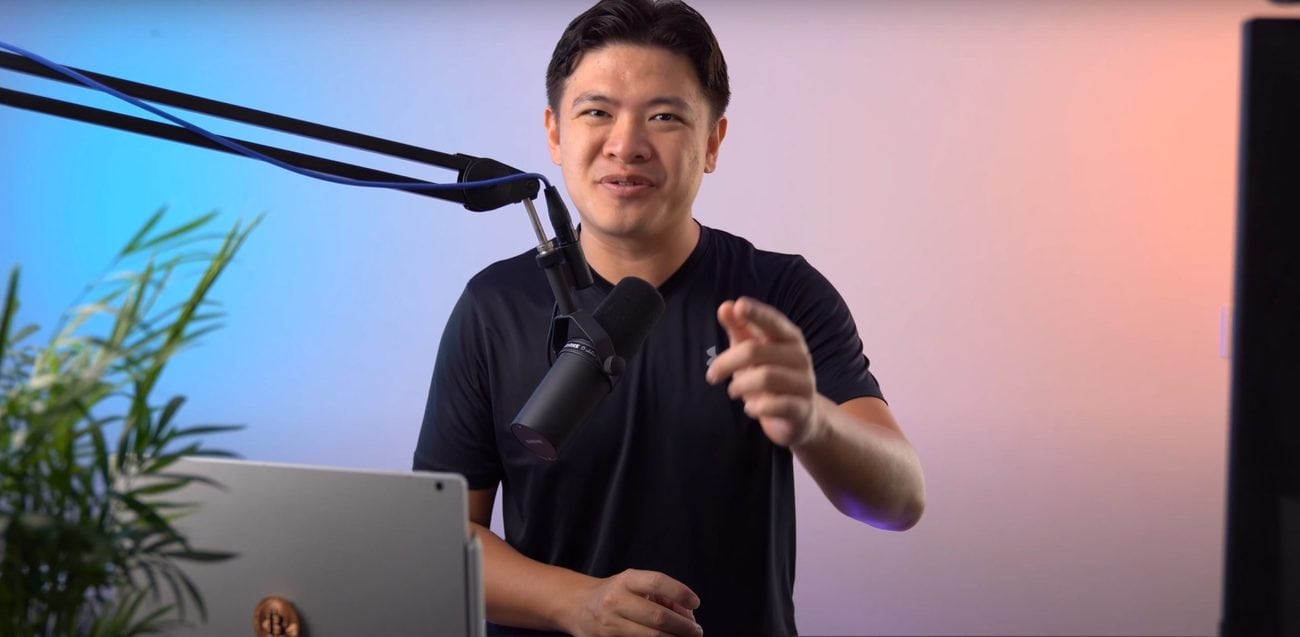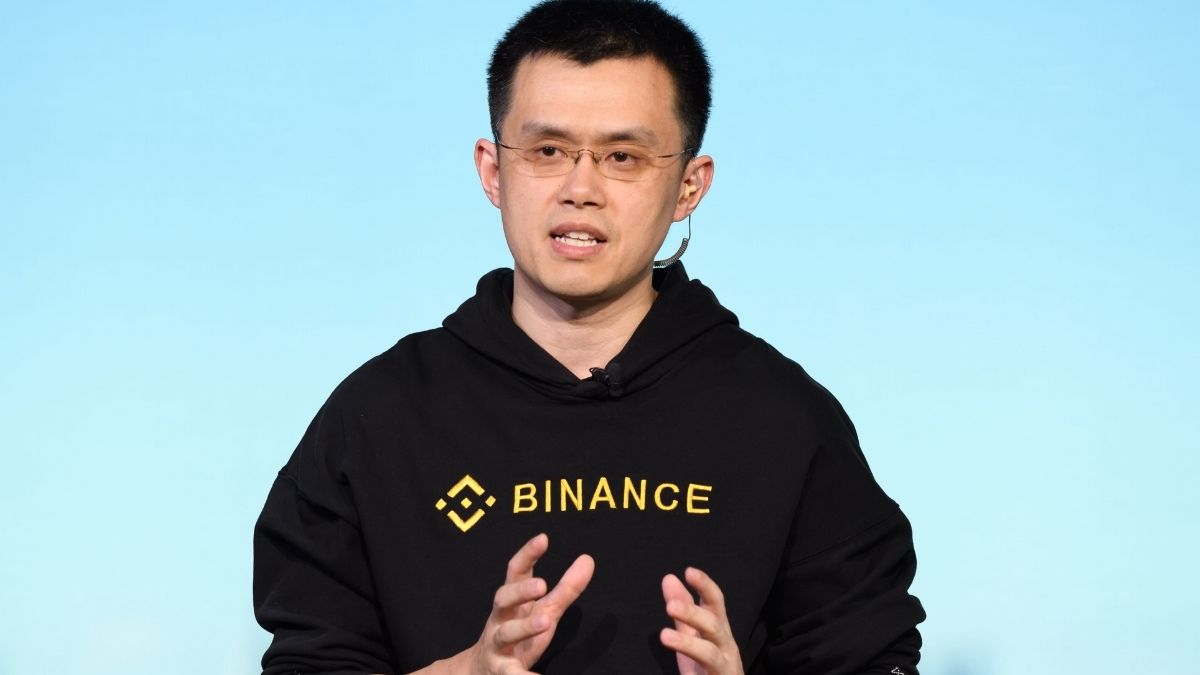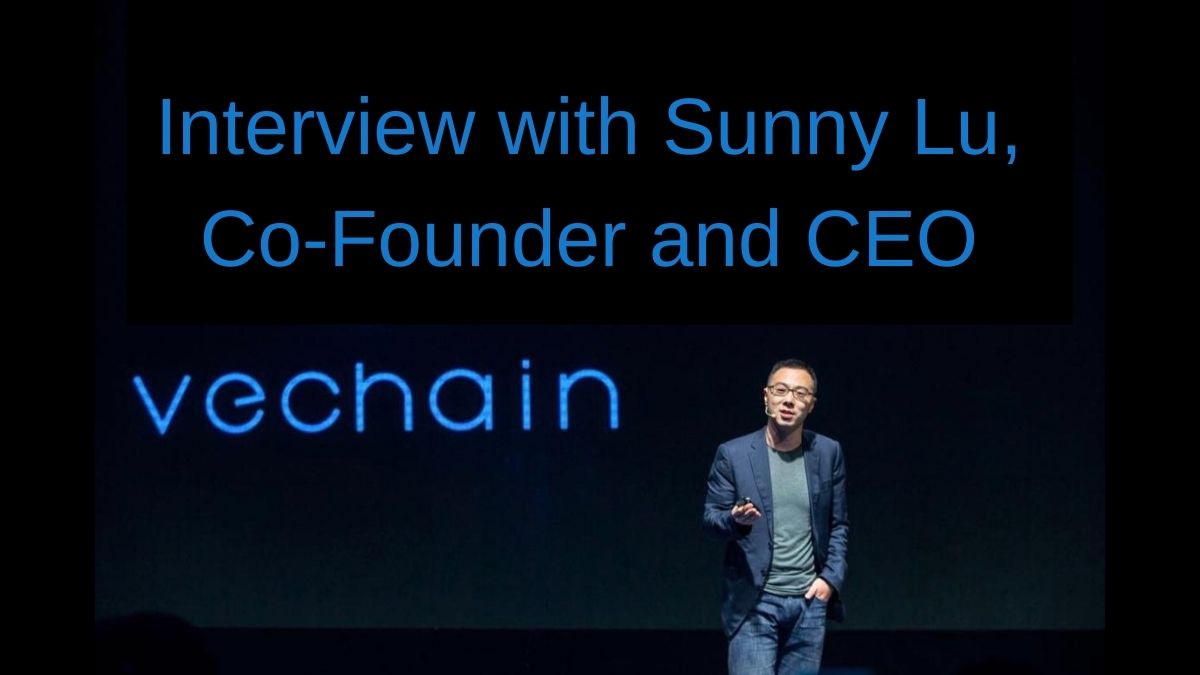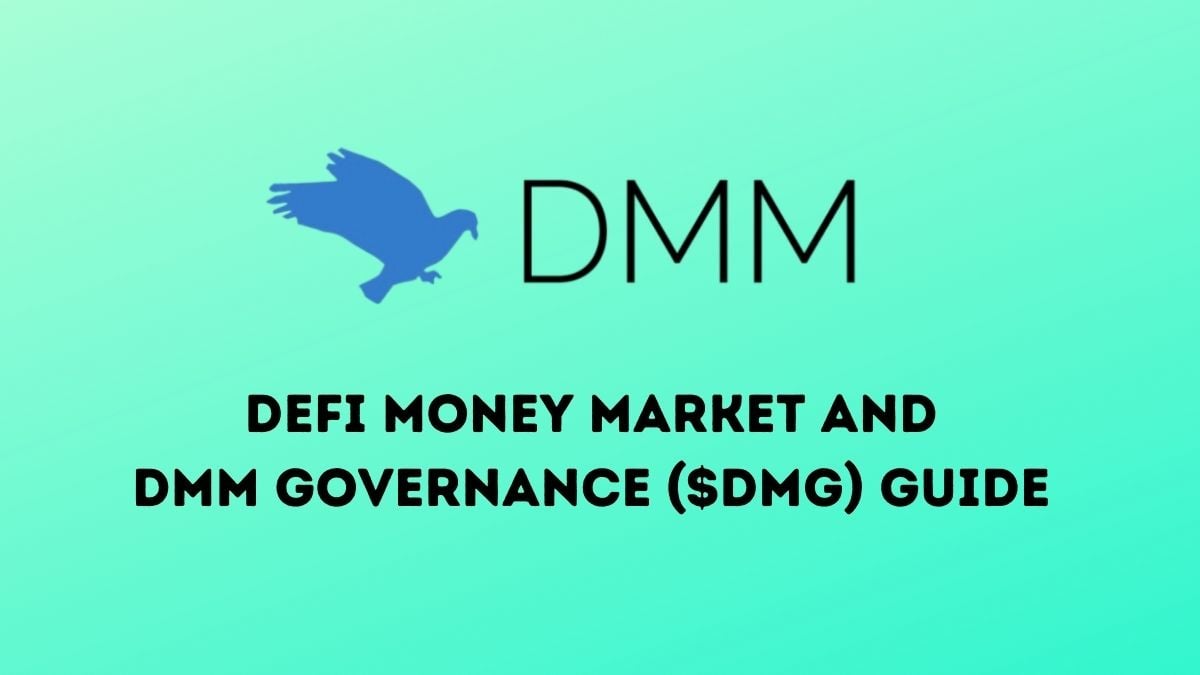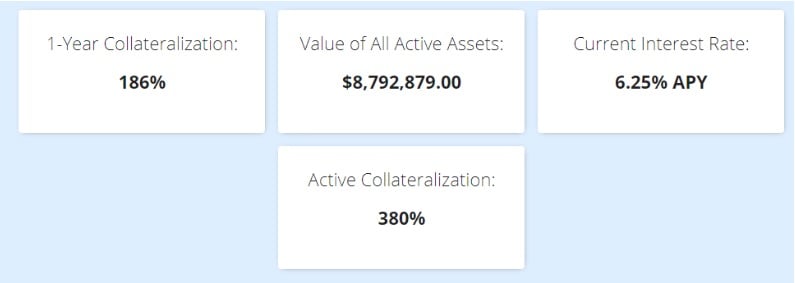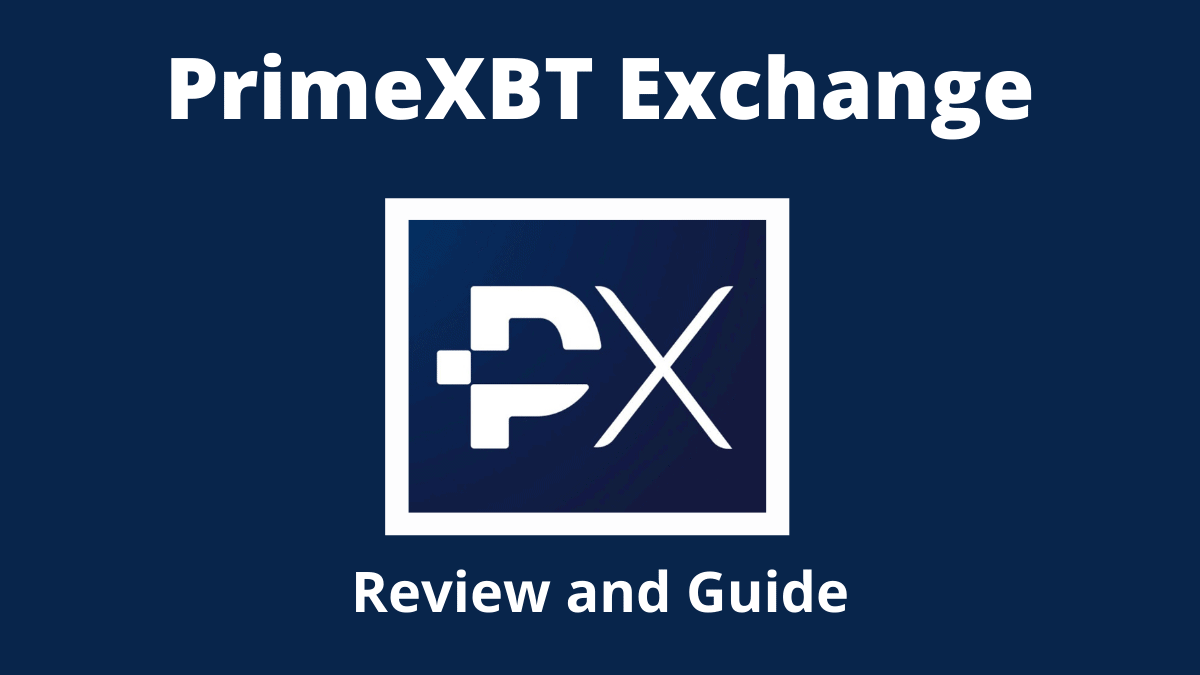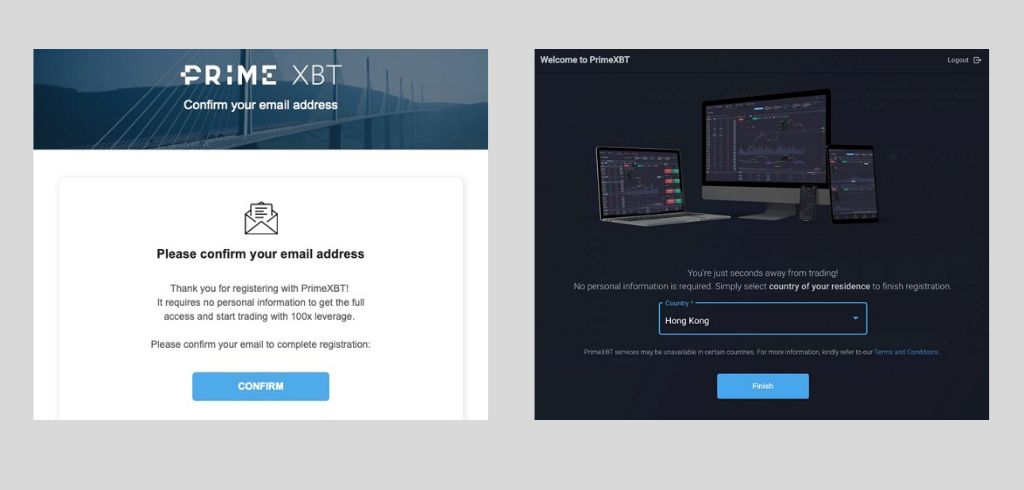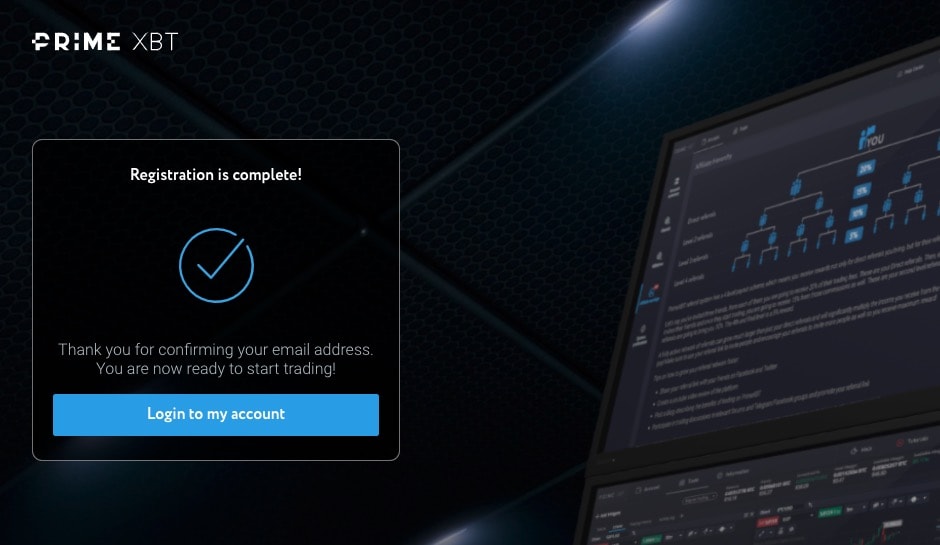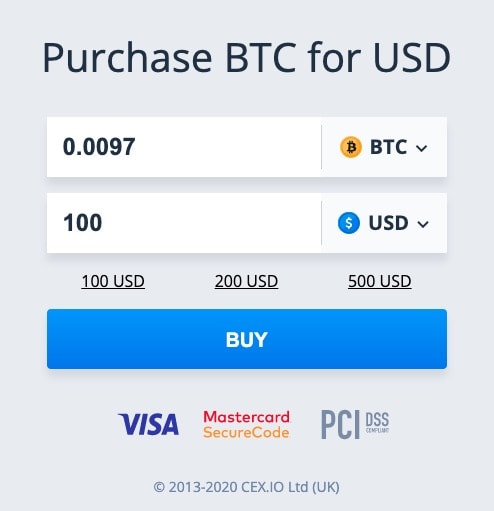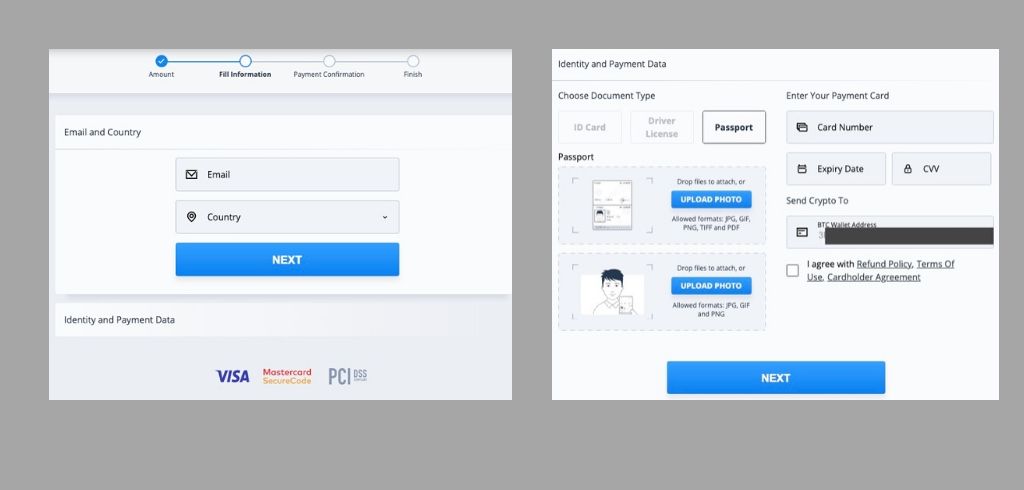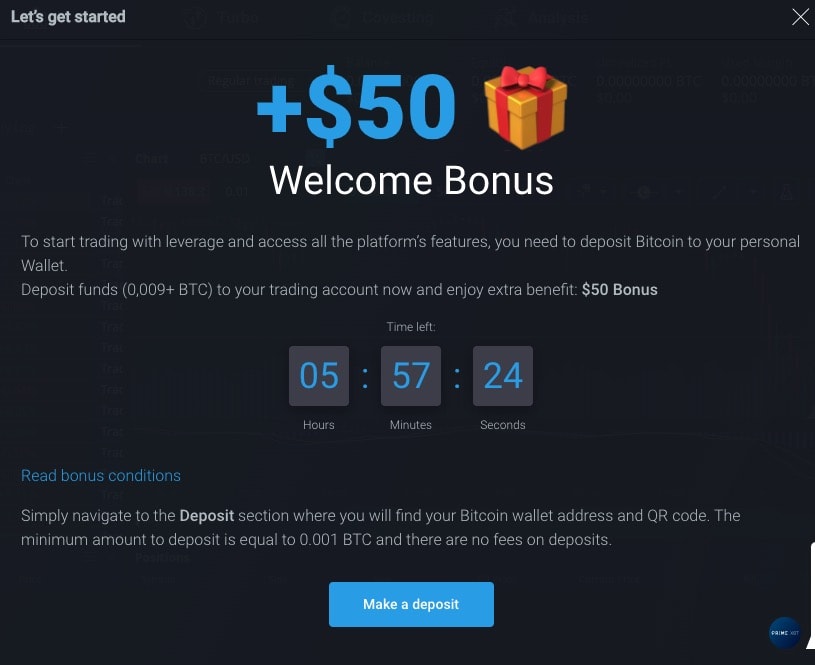Fuse Network is a Decentralised Finance (DeFi) project launched in 2019. They are a finance company that tries to connect everyday payments to the blockchain through leveraging a DeFi infrastructure to create a platform for entrepreneurs and allow them to turn their communities into valuable economies. With the platform, anybody can easily build their own applications where they can digitize and automate traditional financial transactions and processes.
The project’s primary focus right now is to establish an ecosystem that can merge financial transactions on top of the blockchain. They are developing this in a way that does not trigger too much cost for the users while enabling a system that secures data privacy.
In this article, we will look at how the Fuse Network designed a way to link different blockchain models (smart contracts, consensus mechanisms) and traditional business transactions without compromising its platform’s user-friendliness and affordability.

What is the Fuse Network?
The Fuse Network is a permissionless and borderless public ledger designed for easy integration of day to day payments. The Fuse Network is anchored to Ethereum via a bridge, so any token can move freely between Ethereum and the Fuse-chain. (aaplumbingsa.com) The function of this is so that when tokens are minted on Ethereum, they can be moved to the Fuse-chain which it can access a huge range of features and plugins that brings out different functions and opportunities.
Functions of Fuse Network
Integrate digital payments with crypto – Fuse makes it convenient for companies and enterprises to integrate digital payments on their platforms through its simple user interface. With digital payments, businesses can easily offer their goods and services even to other customers worldwide.
Ease business operations – Because of smart contracts, business operations can be automated. Just by linking your business data with the Fuse network’s smart contracts, you can easily lower the cost of having complicated IT infrastructures.
Fuse Studio
The Fuse Studio is a decentralized application (dApp) that handles the whole interface which the user works with. It runs on top of the Ethereum and Fuse Network.
The Fuse Studio allows the user to launch and operate their own communities and set some conditions through the help of smart contracts. Smart contracts refer to self-executing codes that can be infused in a program to perform certain functions if some standards are met.
They can find great use cases for users especially since they do not have to monitor their communities 24/7. Therefore, they can update their conditions based on their own agreements if needed. Additionally, Fuse does not own or control any user data that goes through these contracts.
Through the Fuse Studio, users are also given the ability to mint their own tokens. They can distribute these tokens for use in their own networks. For instance, someone can choose to distribute a stablecoin of their preference, another ERC-20 token supported by the platform, or create a new one for the communities that they will build on the Fuse Network.
Fuse Studio also has a built-in contract store to allow the easy launch of new features and integrated services. As a result, there have been numerous developments that the community have come up with for the Studio. Some of these are plug-ins that let users:
- Manage their communities, add members, admins, and designate roles for each;
- Establish transaction costs;
- Integrate white label wallets; and,
- Access local dApp stores, among others.
To access the Studio DApp, users just have to download the Metamask wallet plugin on their browsers.
Fuse Wallet
The Studio is linked with the Fuse Wallet to help transfer the processes from real-world transactions into the blockchain. The Fuse Wallet is based on Ethereum and supports any ERC-20 token, and it allows for easy onboarding, speedy verification times, merchant support and other functions aimed at regular customers. It is a mobile app available on both iOS and Android. It is also non-custodial, so users can feel assured that they do not have to provide their private keys in order to use it.
What is Fuse Token ($FUSE)?
The network’s utility token is the Fuse Network Token ($FUSE)- an ERC-20 token. It can be used as a medium of exchange, as payment to the Fuse Network to approve transactions or to participate in the network’s staking mechanism. Currently, there are 300,000,000 FUSE tokens in supply.
Utilities of FUSE token
Validation: Users must stake a minimum of 100,000 FUSE to become a validator and help validate transactions on Fuse Network.
Voting: The Fuse Network works under the Delegated Proof of Stake (DPoS) consensus algorithm so Validators can vote on protocol changes and important decisions concerning the project. This means that the maintenance and governance of the network are largely community-based. The weight of a users’ vote depends on the amount of FUSE staked.
Fees: Users pay FUSE as fees to the network to approve transactions capped at 1 cent per transaction. This creates circulation between network users looking to validate transactions on the network and validators who invest their computing resources and power to maintain the same.
Delegation (coming in Q3 2020): Once this function is activated, any FUSE token holder can delegate their owns to a validator in exchange for rewards. and validators with the most tokens are elected to validate transactions on Fuse Network.
Inflationary value of FUSE token
Every block which is created on the fuse chain creates new FUSE tokens which are rewarded to the validators for their work. 5% inflation in the network is distributed between the validators. In each 48 hour cycle, the validators with the highest amount of FUSE tokens staked will be entitled to a distribution of the rewards based on their stake.
Fuse network utilises this fixed inflation rate to help stablise the token price. In phase 2 of the network, there will be an upgrade to a different inflation schedule which will be proposed and voted on by validators.
How to become a Fuse Validator?
Validators secure the safety and security of the Fuse Network. Just like mining on Bitcoin or Ethereum, they work to keep the network updated and validate the state of the network by confirming blocks for every cycle.
There are more than 50 validators in the network. Network transactions are charged at a maximum of 1 cent $ per transaction and these payments go to the validators. Validators also vote on network upgrades and governance changes.
To be a validator, you need specialized software and hardware that can run 24/7, and as mentioned above you need to stake at least 100,000 FUSE tokens.
If you don’t have the technical capability to be a validator but have the minimum staking amount, you can instead delegate it to another third-party validator. The delegation process is intended to be activated in Q3 2020.
Partnership with Rupia Token
Fuse and Rupiah Token (IDRT) announced a partnership in July 2020, with the goal of widening the reach and adoption of digital assets in all economies across the world. Rupiah Token is the first Ethereum-based stablecoin pegged to the Indonesian Rupiah (Rp).
Indonesia is the 4th most populated country in the world, but suffers from financial exclusion. According to the Asian Development Bank’s report- “Financial Inclusion in Asia”, around 78% of Indonesians do not have a bank account. Yet, they are becoming mainstream cryptocurrency holders, with 11% of survey respondents saying they hold cryptocurrencies according to the Statista Global Consumer Survey. This puts them in as the 9th country with the most cryptocurrency holders according to the said Survey.
With Rupiah Token on board, Fuse will have access to this growing Indonesian cryptocurrency market, providing an option to trade and utilize IDRT in the Fuse Studio and wallet app interface.
The integration of Rupia token will enable individuals, as well as organizations, businesses, and communities to send and receive IDRT globally.

Fuse partners with Elrond
On 14th August 2020, Elrond announced that its assets can be used on the Fuse Network for payments, business and community incentives, and loyalty programs. The partnership will involve the integration of the Elrond mainnet with the Fuse Network. Users will be able to create and manage their business incentives, custom rewards, payments, and other related scenarios using eGLD, BUSD and other tokens issued on the Elrond mainnet. And assets issued on the Elrond blockchain will be usable on the Fuse Wallet.
Conclusion
Digitization is more important now than before. And with the boom of e-commerce to replace traditional business transactions at present, making businesses more technologically updated is essential.
The Fuse Network makes it easier for businesses and communities to integrate traditional business transactions into digital processes, saving them more time and resources.
The innovations provided by the Fuse Network is helpful even for small entrepreneurs and big businesses. And given that the network is maintained by its community, we can expect that its developments will continue to be responsive to the demands of the people participating in the network.
Decentralised Finance (DeFi) series: tutorials, guides and more
With content for both beginners and more advanced users, check out our YouTube DeFi series containing tutorials on the ESSENTIAL TOOLS you need for trading in the DeFi space e.g. MetaMask and Uniswap. As well as a deep dive into popular DeFi topics such as decentralized exchanges, borrowing-lending platforms and NFT marketplaces
The DeFi series on this website also covers topics not explored on YouTube. For an introduction on what is DeFi, check out Decentralized Finance (DeFi) Overview: A guide to the HOTTEST trend in cryptocurrency
Tutorials and guides for the ESSENTIAL DEFI TOOLS:
- MetaMask Guide: How to set up an account? PLUS tips and hacks for advanced users
- Uniswap review and tutorial: Beginners guide and advanced tips and tricks
- Serum DEX guide and review
- SushiSwap ($SUSHI) explained
- 1inch Exchange, Mooniswap and Chi GasToken: The ultimate review and guide
More videos and articles are coming soon as part of our DeFi series, so be sure to SUBSCRIBE to our Youtube channel so you can be notified as soon as they come out!
Disclaimer: Cryptocurrency trading involves significant risks and may result in the loss of your capital. You should carefully consider whether trading cryptocurrencies is right for you in light of your financial condition and ability to bear financial risks. Cryptocurrency prices are highly volatile and can fluctuate widely in a short period of time. As such, trading cryptocurrencies may not be suitable for everyone. Additionally, storing cryptocurrencies on a centralized exchange carries inherent risks, including the potential for loss due to hacking, exchange collapse, or other security breaches. We strongly advise that you seek independent professional advice before engaging in any cryptocurrency trading activities and carefully consider the security measures in place when choosing or storing your cryptocurrencies on a cryptocurrency exchange.


